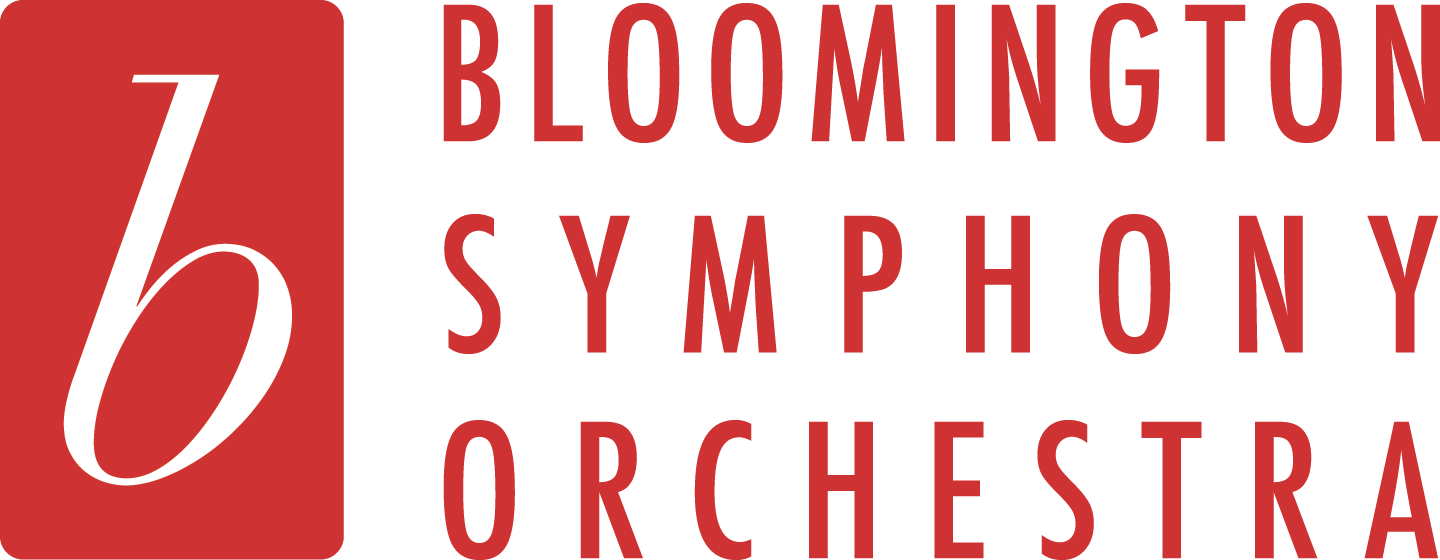Before each concert, we share “Manny’s Musings,” thoughts from our Music Director and Conductor, Manny Laureano. This is the final edition of the “Musings” for the “BSO & Beethoven” concert that will be performed on Sunday, November 20, 2016.
Beethoven and His Seventh Symphony
Ludwig van Beethoven (1770-1827) was born in Bonn, Germany and named aft er his grandfather. Neither parents nor grandparents could have known that their progeny would be the most critical link between the Classical period of music and the subsequent Romantic. He would turn formal music on its head with innovations that untied the hands of his contemporaries and set a new standard for those that followed.
His symphonies began innocently enough with his ?rst, following all the rules of sonata-allegro form. However, even in the elegant simplicity of this ?rst symphony in C major he left us with a new form of writing: the scherzo. Whereas a minuet was the norm for most symphonies in a moderate three quarter time, he increased the tempo dramatically and thus was born the brisk one-two-three that became so widely imitated by others that followed.
By the time December of 1813 rolled around, Beethoven had changed the meaning of the introduction for the ?rst movement of a symphony. In his third, two loud E? chords su?iced as introduction before launching into the exposition and for his ?fth, an angry outburst of four notes became the most famous in musical history becoming his signature forever.
So, it is interesting to observe that this Seventh Symphony goes back to his roots with a slow introduction of strong chords with woodwind solos suspended in mid-air as in his ?rst symphony. The introduction becomes a competitive game as the winds and strings toss sixteenth notes back and forth to each other. Eventually, what seems like an academic exercise becomes a cheerful dance that develops provocatively with gentility and sheer anger.
The second movement opens with the winds establishing a serious-sounding A minor. The lower strings set a pace that is oft en regarded as a funeral march but Beethoven never said any such thing. With a bit of imagination it can easily be perceived as a dance but with slow, measured steps that give way to a sunny major section. Back and forth, the major and minor struggle for dominance before the winds end the movement exactly as they began it.
The scherzo that Beethoven invented comes back in an infectious ?t of good humor that is a treat for the eyes as well as the ear in the way that motifs are thrown from player to player in an almost dizzying fashion. Beethoven uses the repeat to play a game with the listener involving the trio sections and a ?nal deceptive cadence that, well… let’s not spoil the surprise.
Finally, Beethoven proves his greatness with the ability to sustain a whirling dervish of rhythm and simple melodic material that never lets up in its intensity. He manages to develop two sixteenth notes and an eighth note… a fanfare, nothing more… and couple it with a string ?gure that spins into one of the most blazing ?nales in the symphonic literature.
Join Music Director & Conductor Manny Laureano, for the concert, “BSO & Beethoven” featuring BSO Concertmaster Michael Sutton, who will play-conduct the Mozart Violin Concerto. The concert takes place on Sunday, November 20, 2016, at 3 p.m., at the Schneider Theater in Bloomington’s Center for the Arts.
To learn more about the concert, click here. You can order tickets online through the Bloomington Box Office or by calling 952-563-8575.
